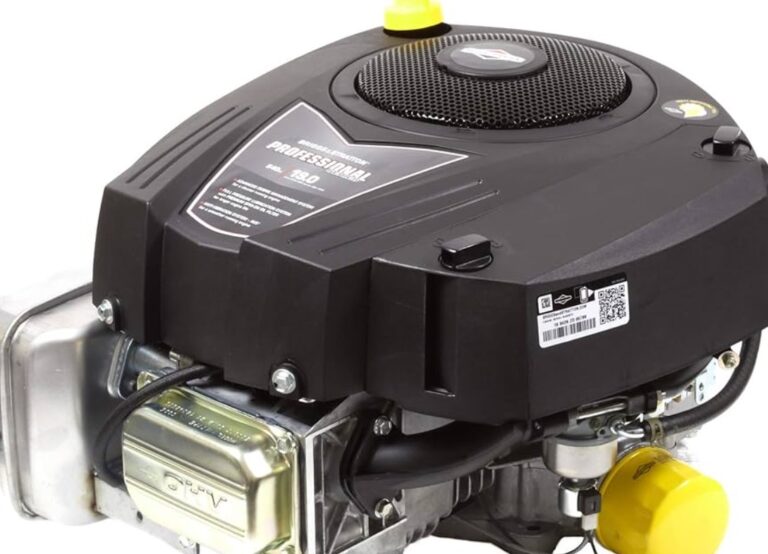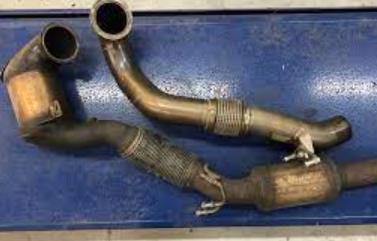Can You Replace Oil Pan Without Removing Engine? Answered
When it comes to vehicle maintenance, a common query is, Can You Replace Oil Pan Without Removing Engine? This question is crucial for car owners and mechanics alike, as it touches on the complexity and feasibility of a key repair task. This article dives deep into this topic, providing comprehensive insights and practical guidelines.
Key Takeaways
- Feasibility: It is generally possible to replace an oil pan without removing the engine, but depends on vehicle make and model.
- Complexity: The complexity varies based on the car’s design and the space available around the engine.
- Cost-Effectiveness: Opting for this method can be more cost-effective than a full engine removal.
- Required Skills: Intermediate mechanical skills are necessary for this task.
- Tools Needed: Specific tools such as a jack, wrench set, and sealant are required.
Can You Replace Oil Pan Without Removing Engine?
Yes, in many cases, you can replace the oil pan without removing the engine. This method is often preferred due to its relative simplicity and cost-effectiveness compared to the more labor-intensive process of engine removal. However, the feasibility largely depends on the specific make and model of the vehicle and the design of its engine compartment.
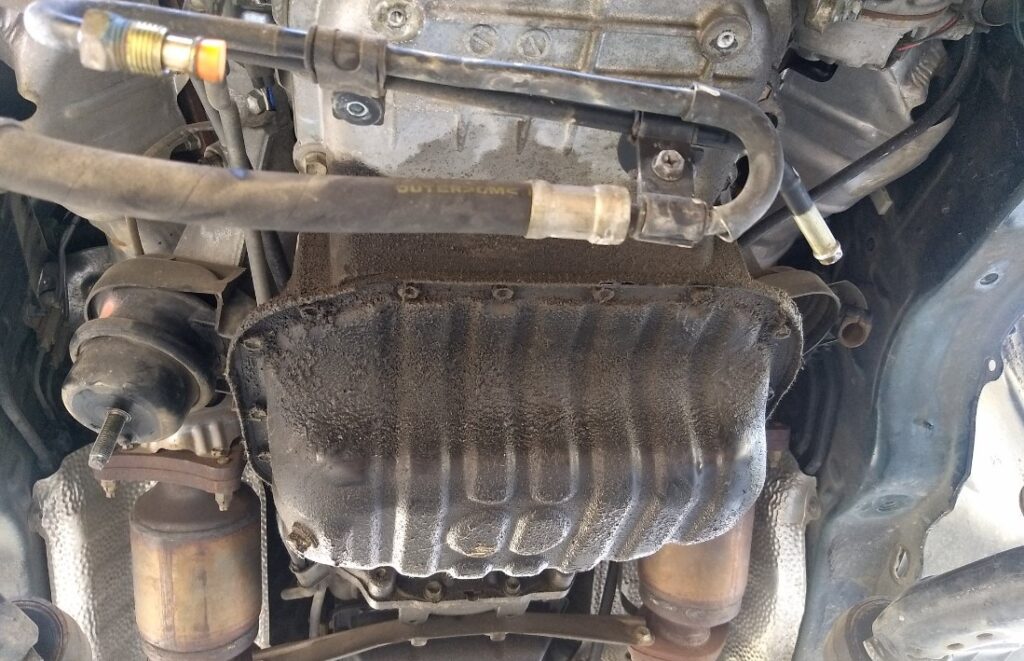
Factors Influencing Replacement Without Engine Removal:
- Vehicle Design: Some vehicles have ample space around the engine, making it easier to access and replace the oil pan.
- Oil Pan Location: The location of the oil pan about other engine components plays a critical role.
- Type of Vehicle: Trucks and SUVs often have more clearance compared to compact cars, facilitating easier replacement.
Essential Tools and Preparation
Before attempting to replace the oil pan, it’s crucial to gather all necessary tools and prepare adequately.
Tools Needed:
- Jack and Jack Stands: To safely lift and support the vehicle.
- Wrench Set: For removing bolts and fasteners.
- Gasket Scraper: To remove the old gasket material.
- Sealant: For sealing the new oil pan.
Preparation Steps:
- Safety First: Ensure the vehicle is securely lifted and supported.
- Drain Oil: Remove the oil plug and drain out all the oil.
- Clean Work Area: Clean the area around the oil pan to avoid contamination.
Step-by-Step Guide to Replacing Oil Pan
This section provides a detailed walkthrough of the replacement process.

Step 1: Removing the Old Oil Pan
- Remove Bolts: Using the wrench set, remove all bolts attaching the oil pan to the engine.
- Detach Oil Pan: Carefully detach the oil pan from the engine block.
Step 2: Installing the New Oil Pan
- Apply Sealant: Apply a bead of sealant on the surface where the oil pan will attach.
- Place New Oil Pan: Align and place the new oil pan onto the engine block.
- Secure Bolts: Reattach and tighten the bolts to secure the new oil pan.
Potential Challenges and Solutions
Replacing the oil pan without removing the engine can present some challenges.
Common Challenges:
- Limited Space: Some vehicles offer limited space, making it difficult to maneuver tools and the oil pan.
- Old Gasket Removal: Removing old gasket material can be time-consuming and requires patience.
Solutions:
- Use of Special Tools: Angled wrenches and flexible sockets can help in tight spaces.
- Gasket Scraping Techniques: Use a gasket scraper and solvent to ease the removal process.
Impact on Vehicle Performance
Understanding how this replacement affects your vehicle’s performance is essential.
Positive Impacts:
- Prevent Oil Leaks: A new oil pan can help prevent oil leaks, improving engine health.
- Enhanced Engine Protection: It provides better protection for the engine from road debris.
Considerations:
- Proper Installation: Ensuring a proper seal is crucial to prevent future issues.
Is Replacing An Oil Pan Expensive?
The cost of replacing an oil pan varies significantly based on several factors, including the make and model of the vehicle, the cost of the oil pan itself, and labor charges if the replacement is done by a professional mechanic.
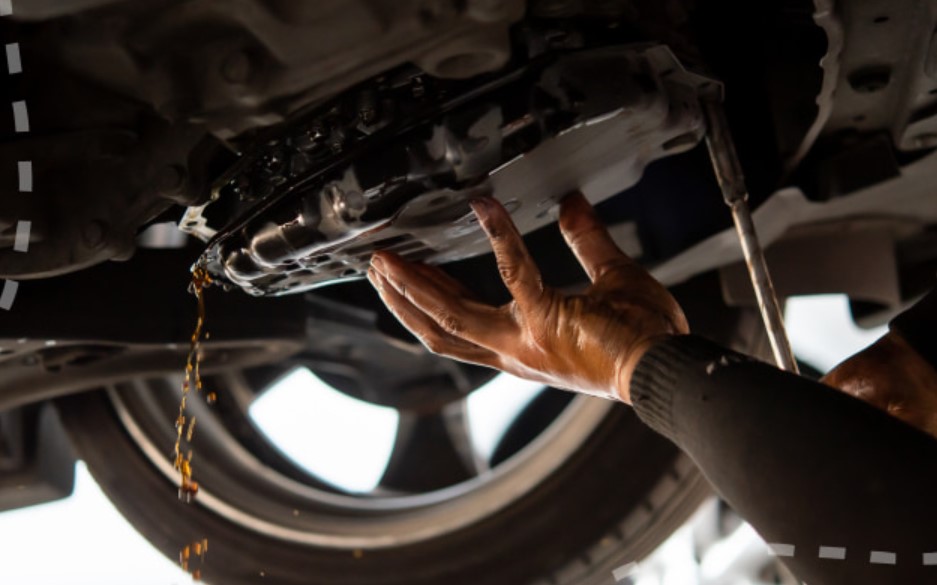
On average, the cost for an oil pan replacement can range from $100 to $400 for the part alone. Labor costs can add $200 to $600, depending on the complexity of the job and the hourly rate of the mechanic.
For luxury or high-performance vehicles, these costs can be significantly higher due to the specialized nature of the parts and labor involved.
In comparison to other major car repairs, replacing an oil pan is moderately expensive. It’s not as costly as major engine repairs or transmission work, but it’s more expensive than routine maintenance tasks like oil changes or brake pad replacements.
The total cost can be mitigated by performing the replacement yourself, but this requires a certain level of mechanical skill and the necessary tools.
Is The Oil Pan Attached To The Engine Block?
Yes, the oil pan is attached to the bottom of the engine block. It serves as a reservoir for the engine’s oil, which is critical for the lubrication and cooling of the engine components.
The oil pan is typically made of thin steel or aluminum and is bolted to the bottom of the engine block. A gasket or sealant is used between the oil pan and the engine block to prevent oil leaks.

The design and placement of the oil pan are crucial for its function. It needs to be securely attached to the engine block to withstand the vibrations and movements of the engine while driving. The oil pan also often incorporates a drain plug, which is used for draining oil during an oil change.
Given its location, the oil pan is susceptible to damage from road debris, impacts, or corrosion, which can lead to oil leaks and other engine problems. Therefore, its secure attachment and integrity are vital for the overall health of the engine.
Can You Drive With A Broken Oil Pan?
Driving with a broken oil pan is strongly discouraged as it can lead to serious engine damage. A damaged or cracked oil pan can cause oil leaks, which will rapidly deplete the engine’s oil supply.
Without sufficient oil, the engine will not be properly lubricated, leading to increased friction, overheating, and potentially the engine seizing up.
Even a small crack or hole in the oil pan can be problematic, as oil can leak out quickly, especially when the engine is running and the oil is under pressure.
The lack of oil will also cause the engine to run hotter, further increasing the risk of damage. Furthermore, driving with a broken oil pan can lead to environmental pollution due to oil spilling onto the road.
Conclusion
Replacing the oil pan without removing the engine is a feasible and often more practical approach for many vehicle owners and mechanics. This method saves time and money while ensuring the vehicle’s smooth operation.
However, it requires specific tools, a certain level of mechanical skill, and an understanding of the vehicle’s design. When done correctly, it can significantly enhance the vehicle’s performance and longevity. Remember, always prioritize safety and proper procedures to achieve the best results.
People Also Ask
What tools are essential for replacing an oil pan?
Essential tools include a jack and jack stands, a wrench set, a gasket scraper, and suitable sealant. Some vehicles might require specific tools based on their design.
How do I ensure a proper seal when installing a new oil pan?
Clean all mating surfaces thoroughly, apply the right amount of sealant, and tighten the bolts in the specified sequence and torque as per the vehicle’s manual.
Can any damage occur to the engine during the oil pan replacement process?
If done improperly, there’s a risk of stripping bolt threads or damaging surrounding parts. Always follow proper guidelines and use the right tools.
What type of sealant should I use for the oil pan?
Use a high-quality, oil-resistant sealant designed for engine parts. Check your vehicle’s manual or consult a professional for the best recommendation.
Do I need to replace the gasket when changing the oil pan?
Yes, always replace the gasket when changing the oil pan. An old gasket can cause leaks and compromise the seal.

Welcome to the exhilarating world of Matt Rex, a professional car racer turned renowned vehicle enthusiast. Immerse yourself in his captivating blog as he shares heart-pounding adventures, expert reviews, and valuable insights on cars, trucks, jets, and more. Fuel your passion for speed and discover the beauty of vehicles through Matt’s engaging stories and meticulous expertise. Join the ever-growing community of enthusiasts who find inspiration and expert advice in Matt Rex’s blog—a digital hub where the thrill of speed meets the pursuit of knowledge.


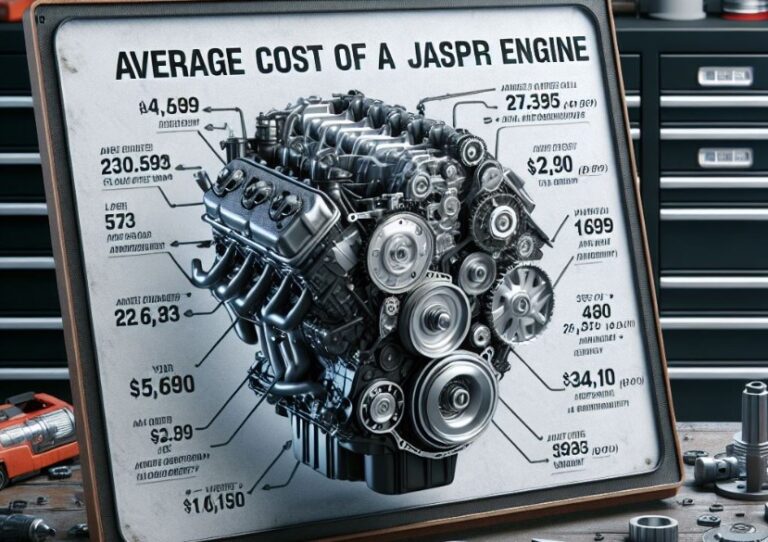
![Does Hyundai Digital Key Work With Iphone? [Explained]](https://www.turbochaos.com/wp-content/uploads/2023/12/Does-Hyundai-Digital-Key-Work-With-Iphone-768x483.jpg)
